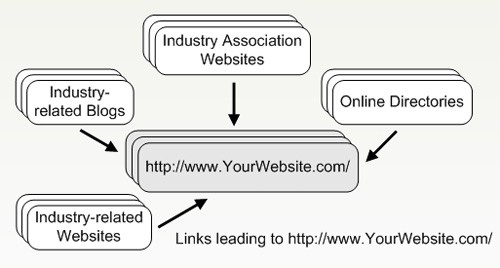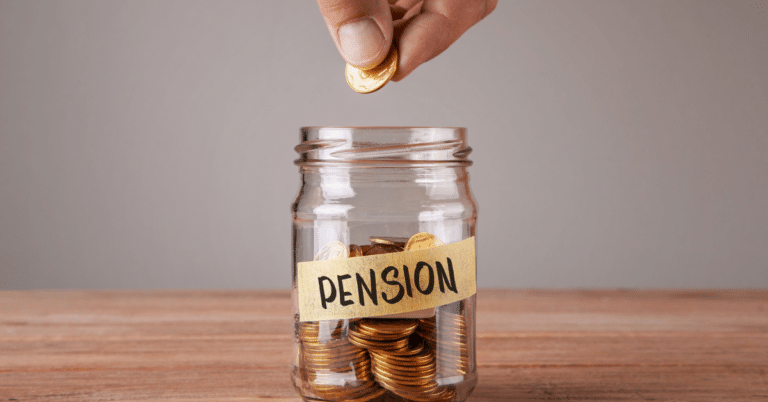
During an SEO campaign you can work in two ways to get the backlinks necessary to provide authority to the pages of our site:
A) produce quality content that attracts users and generates shares and quotes
B) create inbound links to art, choosing methods widely experimented by the SEO community.
Despite us in Pepyta we focus on the method of quality content, many in the web rely on the second method, which is more risky, but not without effectiveness. In any case, when we plan a backlink acquisition campaign, one of the first things we do is analyze the backlink profile of the competition. How many links does it have? What kind of backlink does it have? I can get the same backlinks for the site of our client.
To do this we need to employ some professional tools that I'm going to present now. Using them, in addition to gaining the advantage of knowing what the competition does, you get information about the opportunities of the backlinks. Before starting, however, we describe the main categories of backlinks used in 2017.
What types of backlinks can be obtained in 2017
Backlinks are divided into incoming links dofollow and inbound links nofollow . The difference is imperceptible to the user browsing the sites, but very important for Google. With the nofollow directive , which must be specified using a specific tag (rel = "nofollow") Google does not "follow" the link. It means in concrete terms that it does not transfer the score of the page that contains it to the page to which it is aimed. By default all links are dofollow and therefore this should not be explained: in this case Google "follows" the link and transfers the PageRank and all that regards the authoritativeness and trust of the domain hosting the link to the mentioned site. Precisely in deference to the fact that we are facing a search engine bassed on the links.
From the SEO point of view only the links dofollow (so normal, by default) make sense : transfer the authority of a page to the site anchored to the link. There is of course the other side of the coin: if the linking site has a bad reputation and lack of authority, it is transferred to the anchored site, which leads us directly to examples of good links and bad links in 2017 and beyond.
Artificial backlinks and natural backlinks
For Google, every backlink campaign is itself a manipulation. Google encourages you to develop backlinks, but not with manipulative intent. It tells us: focus on content, you will get backlinks. The problem is that the backlinks, if put in the right place, help not just to climb the top positions of the search engine, which is why the temptation to build them artfully is very high.
In general, the rule is that the more a link is natural and deserved, the greater the value it brings. The skill of the modern SEO specialist is to find on the one hand authoritative links, and on the other hand to simulate the naturalness of the backlink.
The simulation makes better when the site has good content: when there is traffic, interactions increase, people comment and share for Google there is enough to certify, de relato, that the links obtained artificially are still deserved. A bad site that receives too good backlinks makes the antennas stand up, as well as a very good site that starts to receive bad ones.




